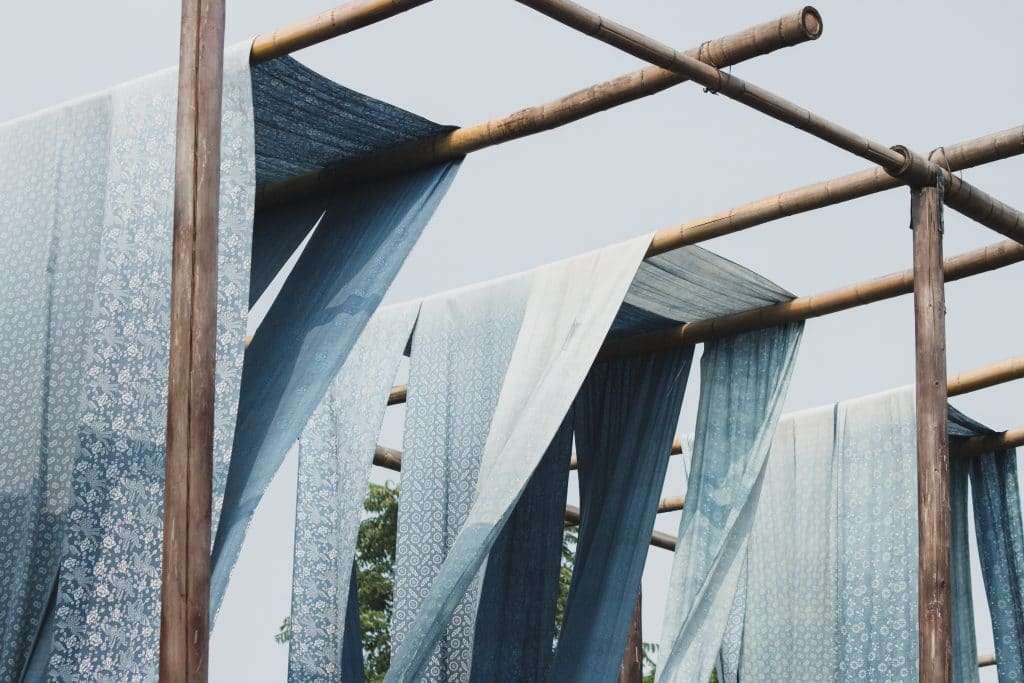Researchers at Lund University in Sweden have made a significant breakthrough in textile recycling, developing a method that transforms old cotton fibers into viscose fibers.
A new textile recycling innovation could pave the way for more sustainable textile production, reducing the industry’s reliance on virgin fibers and, consequently, its environmental footprint, says new research from Sweden’s Lund University. The findings were published in the journal Cellulose.
Viscose, often referred to as rayon in the U.S., is a semi-synthetic fiber made from cellulose, a natural component found in plants’ cell walls. The production process of viscose involves dissolving cellulose in a chemical solution to produce a viscous solution — hence the name “viscose.” This solution is then spun into fibers, which can be woven into fabrics. The material is often used in clothing such as blouses, skirts, and dresses.

The cellulose used for viscose typically comes from wood pulp, although it can also be obtained from cotton linters (short fibers left on cotton seeds after ginning). Despite its plant-based origins, the environmental impact of viscose production is a concern due to the chemicals used in the process, such as carbon disulfide, sodium hydroxide, and sulfuric acid. These chemicals can be harmful to workers and the environment if not properly managed.
The new research, conducted by Edvin Bågenholm-Ruuth, a doctoral student in chemical engineering at Lund University, and his colleagues, introduced a technique that could soon become commercially viable, offering an alternative to conventional viscose production that predominantly relies on cellulose from wood. By using recycled textiles, this method aims to conserve forest resources while addressing the environmental challenges associated with cotton cultivation, which demands significant amounts of energy, water, and land.

The new technique utilizes a relatively simple salt, zinc chloride, which dissolves in water to break down and convert complex cotton fibers into a substance that can be spun into high-quality viscose threads. Preliminary testing has yielded promising results, suggesting that this process may not only be effective but also cost-efficient. Notably, it requires a lower percentage of carbon disulphide, a toxic chemical commonly used in standard viscose production, potentially reducing the environmental and health risks associated with its use.
“Cellulose chains, the main component in plant fibers, are complex and long,” Bågenholm-Ruuth said in a statement. “Cotton textiles are also intensively treated with dyes, protective agents, and other chemicals. And then there is all the ingrained grime in the form of skin flakes and fats.” He also noted the need for further optimization and mentioned that dyed clothes might require an additional decolorizing step, which should ideally avoid traditional bleaching methods due to their high environmental impact.
A company, ShareTex, has been established to commercialize this technology, with hopes of scaling up to a commercial level within five to seven years, with plans for a pilot plant in Europe.
Related on Ethos:


